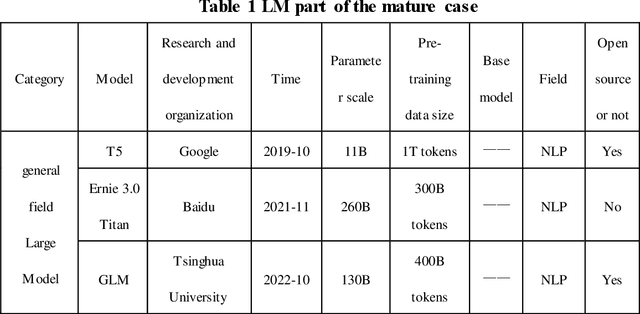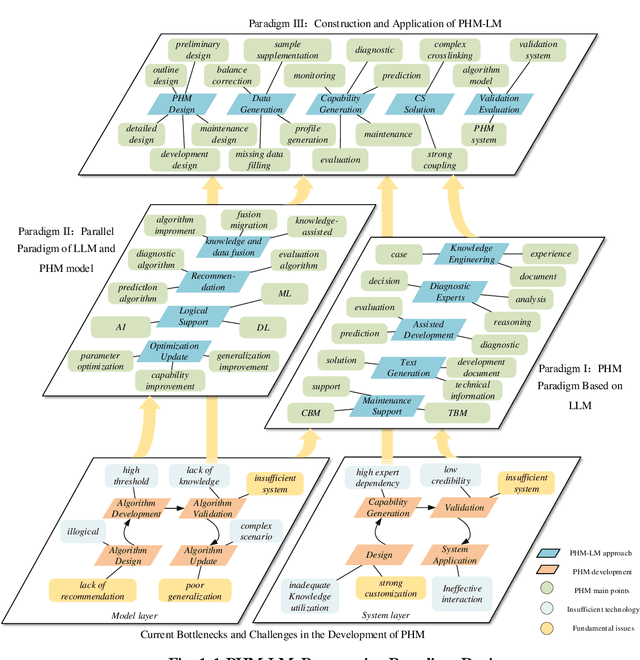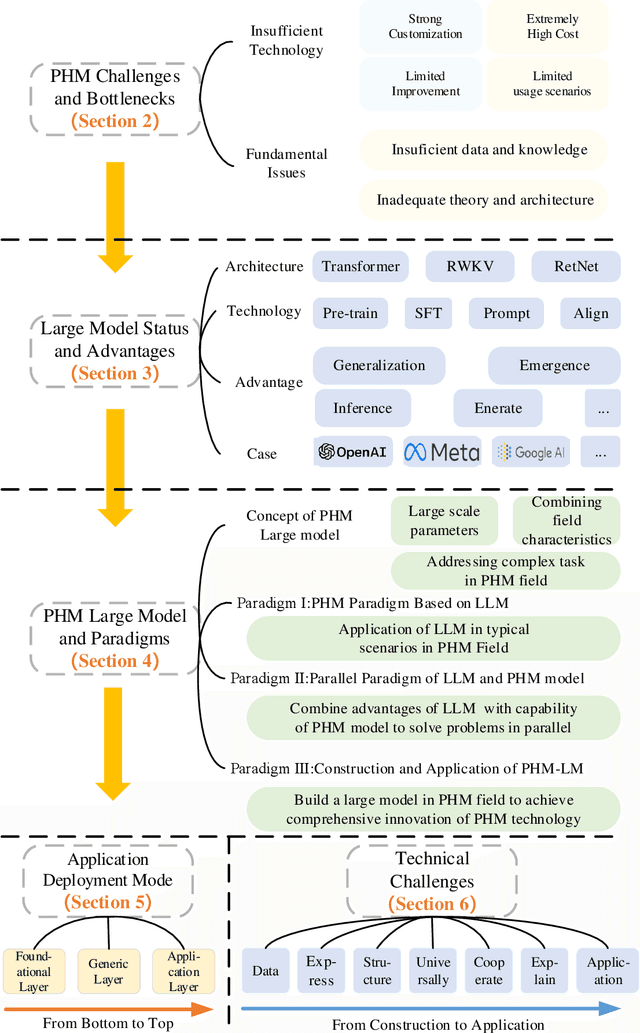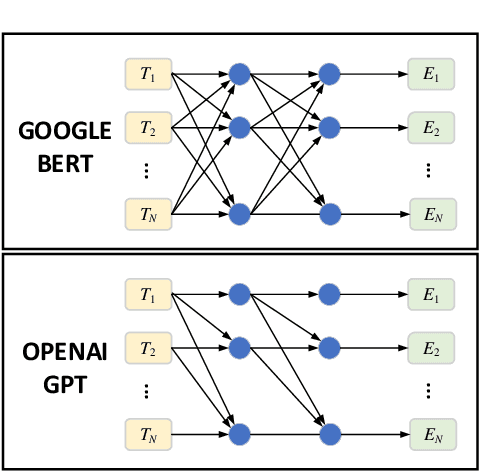Shangyu Li
Center of Ultra-precision Optoelectronic Instrument engineering, Harbin Institute of Technology, Key Lab of Ultra-precision Intelligent Instrumentation, Harbin Institute of Technology
UBMF: Uncertainty-Aware Bayesian Meta-Learning Framework for Fault Diagnosis with Imbalanced Industrial Data
Mar 14, 2025Abstract:Fault diagnosis of mechanical equipment involves data collection, feature extraction, and pattern recognition but is often hindered by the imbalanced nature of industrial data, introducing significant uncertainty and reducing diagnostic reliability. To address these challenges, this study proposes the Uncertainty-Aware Bayesian Meta-Learning Framework (UBMF), which integrates four key modules: data perturbation injection for enhancing feature robustness, cross-task self-supervised feature extraction for improving transferability, uncertainty-based sample filtering for robust out-of-domain generalization, and Bayesian meta-knowledge integration for fine-grained classification. Experimental results on ten open-source datasets under various imbalanced conditions, including cross-task, small-sample, and unseen-sample scenarios, demonstrate the superiority of UBMF, achieving an average improvement of 42.22% across ten Any-way 1-5-shot diagnostic tasks. This integrated framework effectively enhances diagnostic accuracy, generalization, and adaptability, providing a reliable solution for complex industrial fault diagnosis.
Pre-Trained Large Language Model Based Remaining Useful Life Transfer Prediction of Bearing
Jan 13, 2025



Abstract:Accurately predicting the remaining useful life (RUL) of rotating machinery, such as bearings, is essential for ensuring equipment reliability and minimizing unexpected industrial failures. Traditional data-driven deep learning methods face challenges in practical settings due to inconsistent training and testing data distributions and limited generalization for long-term predictions.
Geometric Artifact Correction for Symmetric Multi-Linear Trajectory CT: Theory, Method, and Generalization
Aug 27, 2024Abstract:For extending CT field-of-view to perform non-destructive testing, the Symmetric Multi-Linear trajectory Computed Tomography (SMLCT) has been developed as a successful example of non-standard CT scanning modes. However, inevitable geometric errors can cause severe artifacts in the reconstructed images. The existing calibration method for SMLCT is both crude and inefficient. It involves reconstructing hundreds of images by exhaustively substituting each potential error, and then manually identifying the images with the fewest geometric artifacts to estimate the final geometric errors for calibration. In this paper, we comprehensively and efficiently address the challenging geometric artifacts in SMLCT, , and the corresponding works mainly involve theory, method, and generalization. In particular, after identifying sensitive parameters and conducting some theory analysis of geometric artifacts, we summarize several key properties between sensitive geometric parameters and artifact characteristics. Then, we further construct mathematical relationships that relate sensitive geometric errors to the pixel offsets of reconstruction images with artifact characteristics. To accurately extract pixel bias, we innovatively adapt the Generalized Cross-Correlation with Phase Transform (GCC-PHAT) algorithm, commonly used in sound processing, for our image registration task for each paired symmetric LCT. This adaptation leads to the design of a highly efficient rigid translation registration method. Simulation and physical experiments have validated the excellent performance of this work. Additionally, our results demonstrate significant generalization to common rotated CT and a variant of SMLCT.
An Outline of Prognostics and Health Management Large Model: Concepts, Paradigms, and Challenges
Jul 01, 2024



Abstract:Prognosis and Health Management (PHM), critical for ensuring task completion by complex systems and preventing unexpected failures, is widely adopted in aerospace, manufacturing, maritime, rail, energy, etc. However, PHM's development is constrained by bottlenecks like generalization, interpretation and verification abilities. Presently, generative artificial intelligence (AI), represented by Large Model, heralds a technological revolution with the potential to fundamentally reshape traditional technological fields and human production methods. Its capabilities, including strong generalization, reasoning, and generative attributes, present opportunities to address PHM's bottlenecks. To this end, based on a systematic analysis of the current challenges and bottlenecks in PHM, as well as the research status and advantages of Large Model, we propose a novel concept and three progressive paradigms of Prognosis and Health Management Large Model (PHM-LM) through the integration of the Large Model with PHM. Subsequently, we provide feasible technical approaches for PHM-LM to bolster PHM's core capabilities within the framework of the three paradigms. Moreover, to address core issues confronting PHM, we discuss a series of technical challenges of PHM-LM throughout the entire process of construction and application. This comprehensive effort offers a holistic PHM-LM technical framework, and provides avenues for new PHM technologies, methodologies, tools, platforms and applications, which also potentially innovates design, research & development, verification and application mode of PHM. And furthermore, a new generation of PHM with AI will also capably be realized, i.e., from custom to generalized, from discriminative to generative, and from theoretical conditions to practical applications.
 Add to Chrome
Add to Chrome Add to Firefox
Add to Firefox Add to Edge
Add to Edge